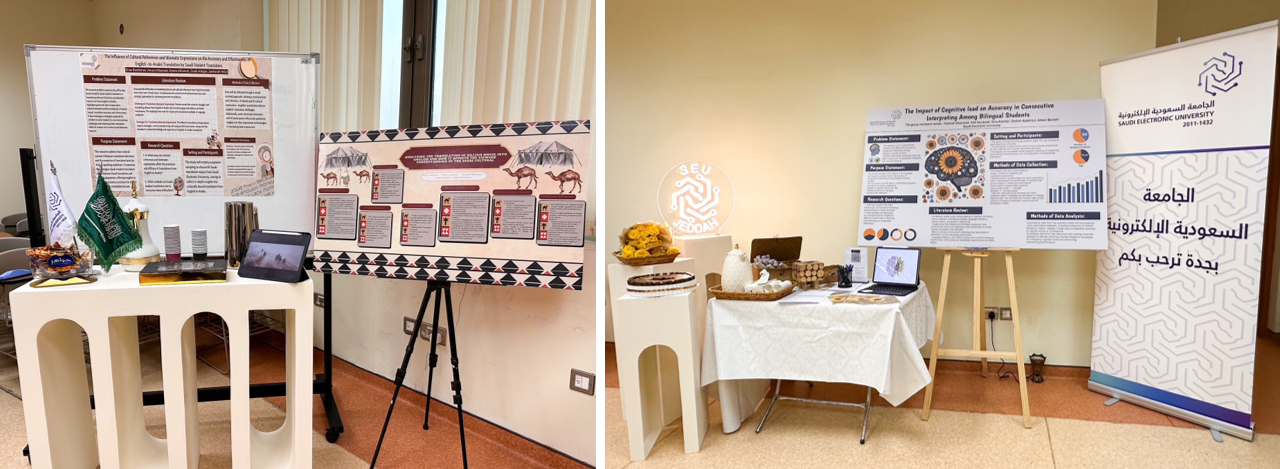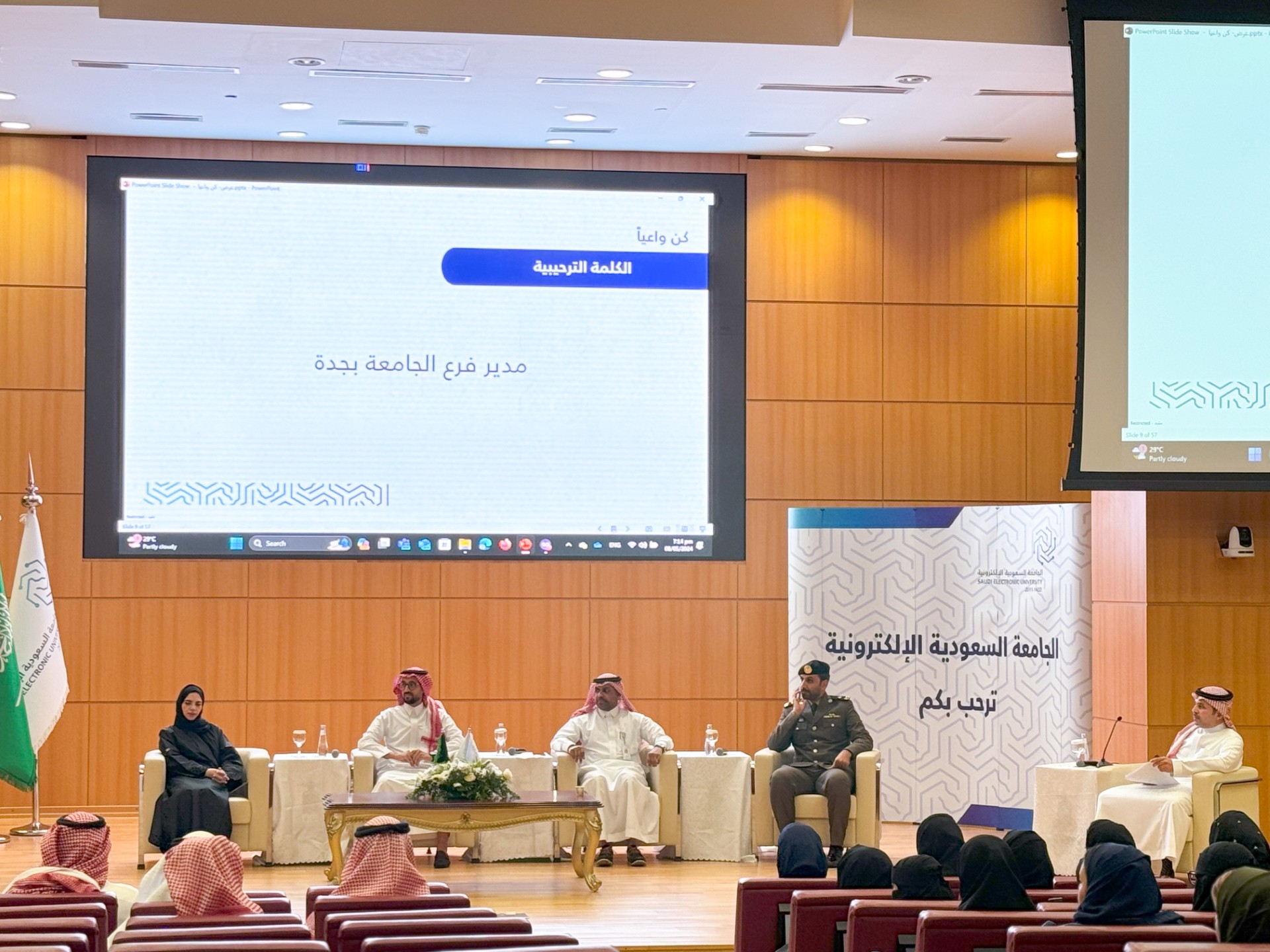Jeddah Branch in Cooperation with the United Doctors Hospital and King Abdullah Medical Complex, Set Up the World Diabetes Day Event,
Communication and Media Unit of the University Branch in Jeddah, in cooperation with the United Doctors Hospital and King Abdullah Medical Complex, set up the World Diabetes Day event, with a great interest of the university branch’s employees and students. Dr. Safaa Labib, an internist at United Doctors Hospital, defines diabetes as a chronic disease that occurs when the pancreas is unable to produce enough insulin, or when the body is unable to effectively use the insulin it produces. Insulin is a hormone that regulates blood sugar levels (5). Hyperglycemia or high blood sugar level is one of the common effects of uncontrolled diabetes, and over time it leads to severe damage to many body systems, especially the nerves and blood vessels.
Further, Deputy Head of the Health Education Department at King Abdullah Complex, Ms. Sarah Al-Otaibi clarifies that diabetes has two types,
Type 1 diabetes mellitus: This type (previously known as insulin-dependent or childhood-onset diabetes) is characterized by decreased insulin production and requires daily administration of insulin. The cause of type 1 diabetes is not known, and it cannot be prevented with current knowledge.
Symptoms of this disease include excessive urination, thirst, constant hunger, weight loss, changes in eyesight, and feeling tired. These symptoms may appear suddenly.
Type 2 diabetes mellitus: This type (formerly called non-insulin-dependent diabetes or adult-onset diabetes) occurs because the body does not use insulin effectively. Type 2 diabetes cases account for 90% of diabetes cases registered worldwide (5), and are mostly caused by overweight and physical inactivity.
Symptoms of this type may be the same as those of type 1, but they are often less noticeable. Therefore, the disease may be diagnosed several years after the onset of symptoms, that is, after complications occur.
The attendees were also examined and their glucose was measured, in addition to the distribution of nearly 100 blood glucose meters.






